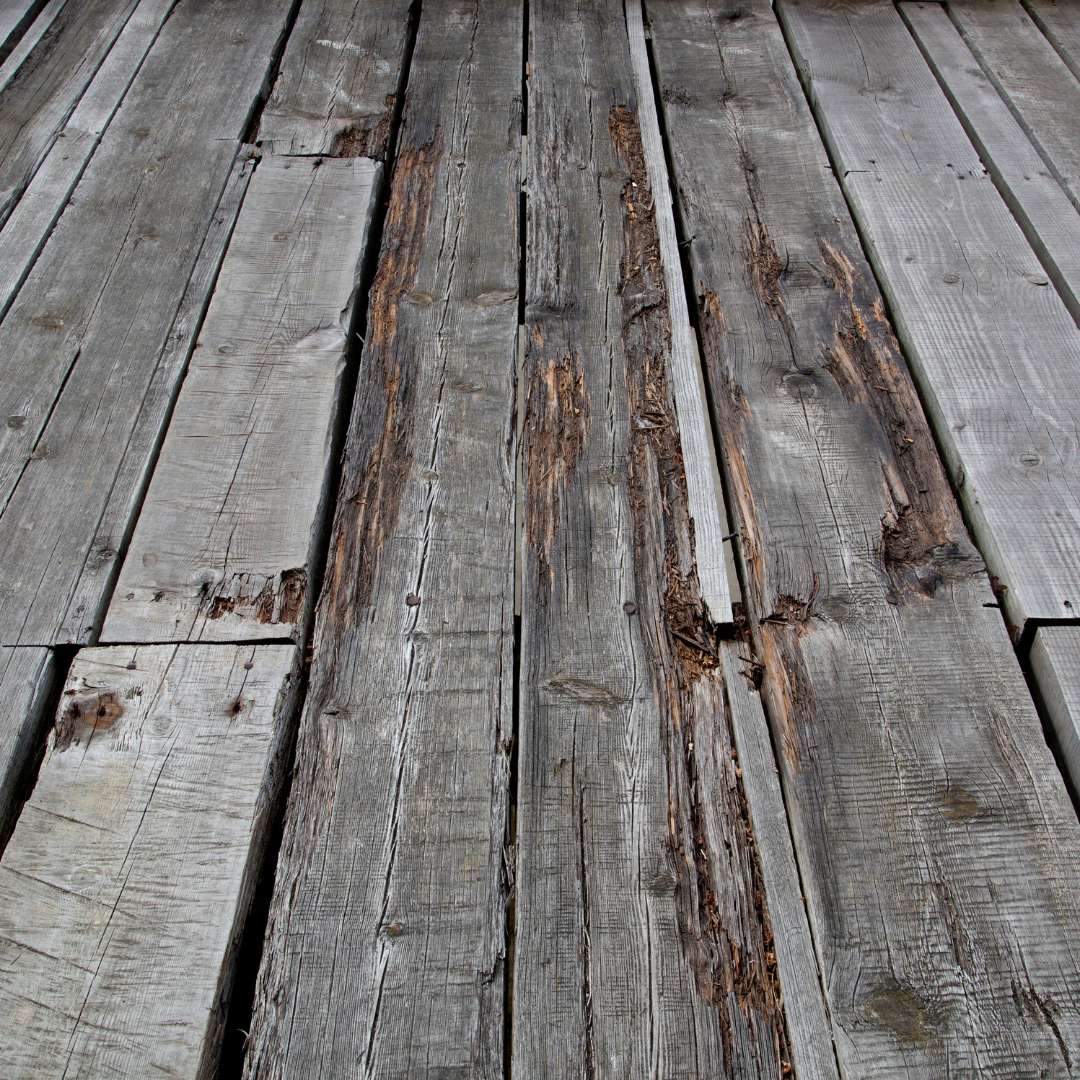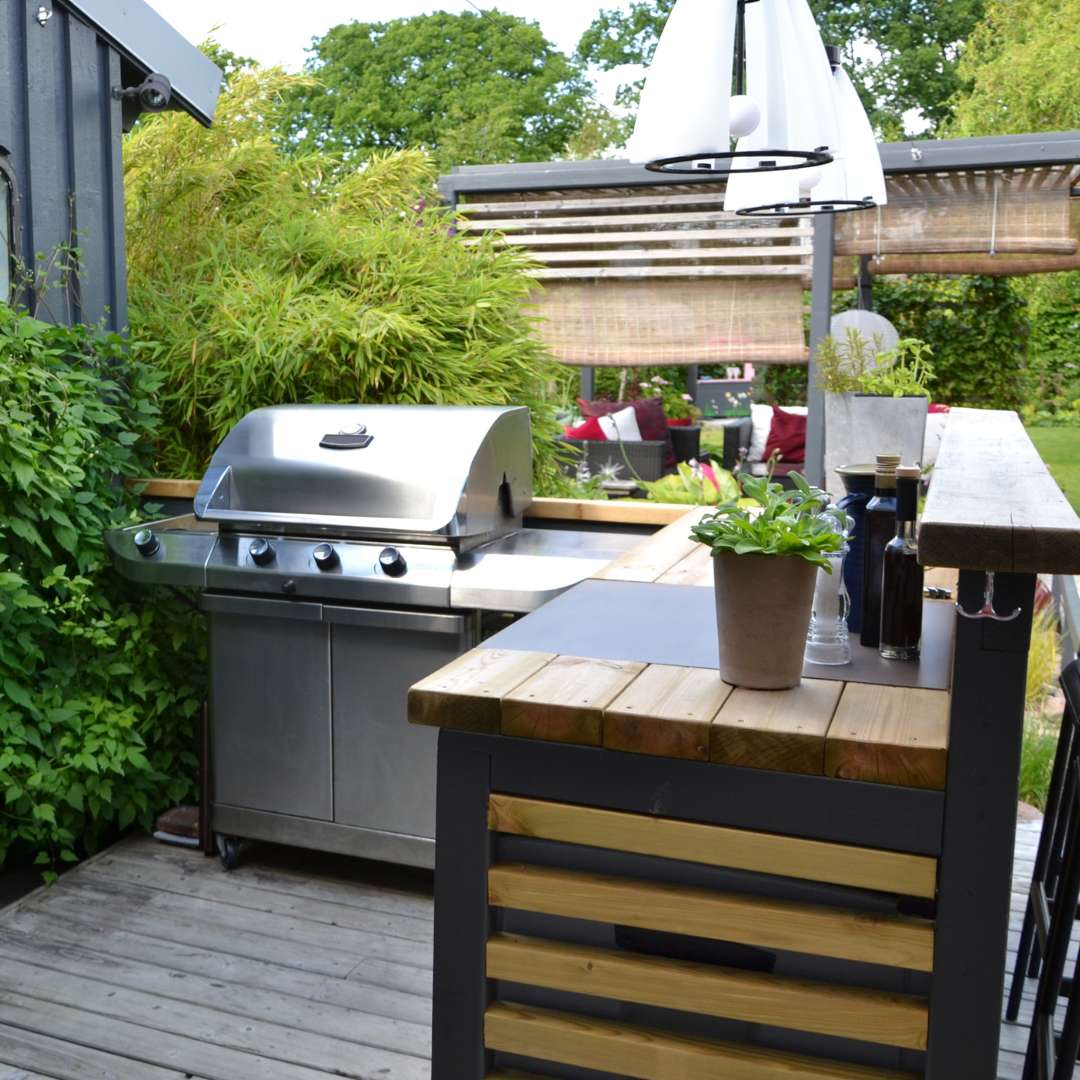What is composite decking? It is a modern alternative to traditional wood decking, made from a blend of wood fibers and plastic materials. This combination creates a durable, low-maintenance product that closely resembles natural wood while offering enhanced longevity and resistance to the elements. With more homeowners seeking sustainable and long-lasting decking options, composite decking has gained significant popularity in both residential and commercial outdoor spaces.

Can You Treat Composite Decking?
Unlike traditional wood decking, which often requires sealing, staining, or painting to maintain its appearance and durability, composite decking typically does not need these treatments. The materials used in composite decking are designed to resist moisture, fading, and wear without the need for additional coatings. However, it’s essential to follow manufacturer guidelines, as some composite decking may benefit from UV protectants to preserve color and minimize wear over time.
How Long Should Composite Decking Last?
Composite decking is engineered to be long-lasting, with an average lifespan of 25 to 30 years. Factors such as quality of materials, installation practices, and exposure to environmental elements can influence longevity. Unlike wood, composite decking is resistant to rot, warping, and insect damage, making it a more durable option for long-term use.
What Kind of Composite Decking Is Best?
Choosing the best type of composite decking depends on your specific needs and preferences. Capped composite decking, which features a protective outer layer, is often considered the best choice for its resistance to moisture and staining. Uncapped composite decking, while more affordable, may be more susceptible to wear over time. Evaluate your budget, climate, and intended usage to determine what kind of composite decking is best for your outdoor space.
Key Differences of Composite Decking vs. Traditional Wood
When comparing composite decking to traditional wood, the key differences lie in durability, maintenance, and cost. While wood decking provides a classic, natural look, it requires regular upkeep, including staining and sealing, to prevent rot and weather damage. Composite decking, on the other hand, is designed to withstand the elements with minimal maintenance. While the upfront cost of composite decking is higher, the long-term savings on maintenance and replacement make it a cost-effective solution for many homeowners.
The Environmental Benefits of Composite Decking
Composite decking is often lauded for its environmental benefits. Many manufacturers use recycled materials, including plastic and reclaimed wood, to produce composite boards. This reduces the demand for virgin materials and diverts waste from landfills. Additionally, the long lifespan of composite decking means fewer resources are needed for repairs or replacement, contributing to sustainability over time.
Why Composite Decking Is Easier to Care For
One of the primary reasons homeowners choose composite decking is its low-maintenance nature. Unlike wood, which requires regular staining, sealing, and cleaning, composite decking only needs periodic washing with soap and water to remove dirt and debris. Its resistance to rot, mold, and insects further reduces the need for upkeep, allowing homeowners to enjoy their outdoor spaces with minimal effort.
Composite decking offers a host of benefits that make it an appealing choice for outdoor spaces. Its durability, low maintenance, and resistance to weather make it a reliable long-term investment. In addition to its practical advantages, composite decking’s eco-friendly materials and stylish design options contribute to its growing popularity among homeowners and commercial property owners alike. Whether you’re looking to create a beautiful outdoor living area or a functional, long-lasting deck for your business, composite decking provides a modern solution that balances aesthetics, sustainability, and performance.
Popular Styles and Colors of Composite Decking
Composite decking is available in a wide range of styles and colors, allowing homeowners to achieve the look they desire. From natural wood tones to modern grays and browns, there is a style to suit every aesthetic. Textured finishes and wood grain patterns add visual interest, while the variety of color options ensures that composite decking can complement any outdoor design.
How to Choose the Right Composite Decking for Your Home
When selecting composite decking, consider factors such as climate, foot traffic, and budget. If your deck will be exposed to harsh weather conditions, opt for capped composite decking with enhanced moisture resistance. For high-traffic areas, choose a durable, scratch-resistant option. Additionally, think about the design and color scheme of your home to ensure the decking complements your outdoor space.

Composite Decking and Weather Resistance
Composite decking is designed to withstand various weather conditions, from heavy rain to intense sunlight. Capped composite decking offers additional protection against moisture, preventing mold and mildew growth. UV inhibitors are often added to the material to reduce fading and damage from prolonged sun exposure. This makes composite decking an excellent choice for regions with extreme weather.
How to Clean and Maintain Composite Decking for Longevity
Maintaining composite decking is simple and straightforward. Regularly sweep the surface to remove leaves and debris and wash it with mild soap and water as needed. Avoid using harsh chemicals or pressure washers, as these can damage the decking. For tough stains, use a soft brush and gentle cleaner. Following these steps will help your composite decking look great and last for many years.
Composite decking offers a host of benefits that make it an appealing choice for outdoor spaces. Its durability, low maintenance, and resistance to weather make it a reliable long-term investment. In addition to its practical advantages, composite decking’s eco-friendly materials and stylish design options contribute to its growing popularity among homeowners and commercial property owners alike. Whether you’re looking to create a beautiful outdoor living area or a functional, long-lasting deck for your business, composite decking provides a modern solution that balances aesthetics, sustainability, and performance.

Composite Decking Frequently Asked Questions
Can Composite Decking Be Recycled?
Yes, many composite decking products can be recycled at the end of their life. Some manufacturers offer recycling programs where old composite decking boards can be returned for reprocessing, helping to reduce waste.
Does Composite Decking Get Hot in the Sun?
Composite decking can retain heat, especially darker-colored boards. However, some brands offer heat-resistant options designed to stay cooler in direct sunlight, making them more comfortable for barefoot use.
Can Composite Decking Be Installed Vertically?
Yes, composite decking can be used for vertical applications such as fencing, cladding, or even outdoor furniture, offering the same durability and low maintenance as it does for horizontal decking surfaces.
Is Composite Decking Resistant to Mold and Mildew?
While composite decking is resistant to mold and mildew due to its composition, it can still accumulate dirt and debris that support mold growth. Regular cleaning helps prevent this and keeps the surface looking its best.
Does Composite Decking Fade Over Time?
Composite decking is designed to resist fading, but exposure to UV rays can still cause some color changes over time. Higher-end products often come with UV inhibitors that help minimize fading, maintaining their color longer.
Can You Repair Scratches on Composite Decking?
Yes, minor scratches on composite decking can often be repaired with heat guns or composite repair kits. For deeper damage, individual boards can be replaced without disrupting the entire deck.
Is the Cost of Composite Decking Worth the Investment?
Although the initial cost of composite decking is typically higher than traditional wood, it can be a worthwhile investment in the long run. The reduced maintenance requirements, combined with its durability, mean that homeowners save time and money on repairs and upkeep. Additionally, composite decking often comes with extended warranties, offering further peace of mind and value over time.



